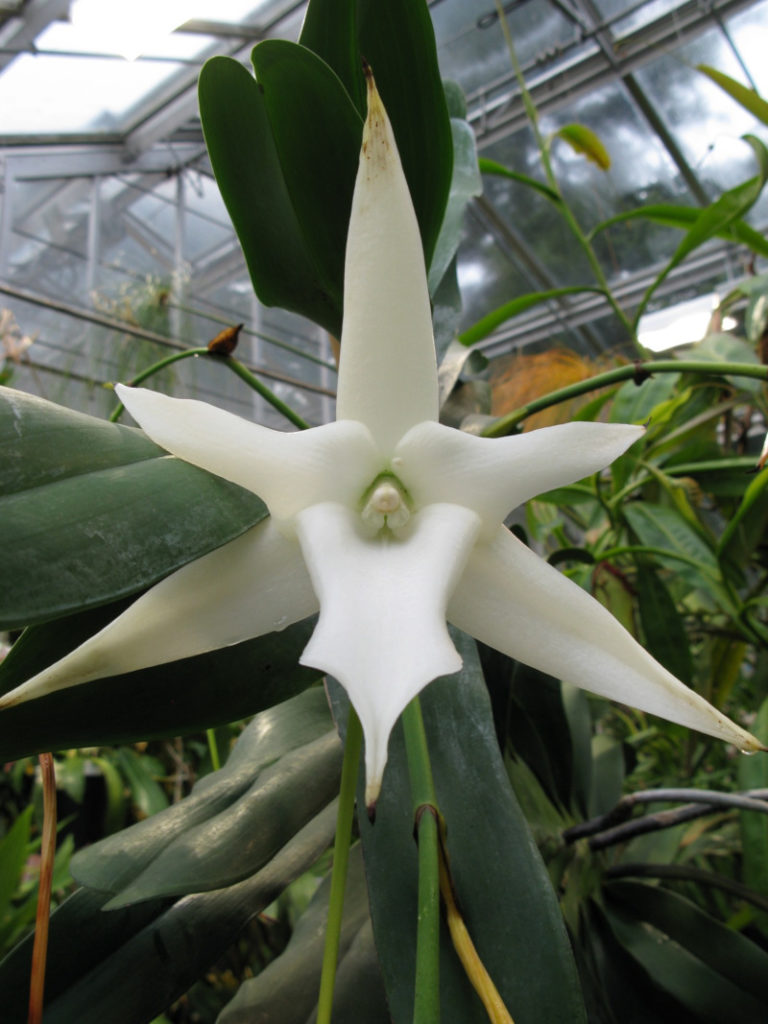
Darwin’s Orchid Facts
- First of all, the term Darwin’s Orchid serves as one of the common names for the stunning Angraecum sesquipedale. However, truly this magnificent plant also goes by a variety of other common names. These alternate terms include such names as the king of the angraecums, the Christmas Orchid and the Star of Bethlehem Orchid.
- Regardless of the name used, it remains an amazingly beautiful flower. The French botanist Louis-Marie du Petit-Thouars became the first scientist of discover it, in 1798. But, the first official description of it did not occur until the year 1822. Further, the most widely used of its common names honors its close association with Charles Darwin.
- The famed English biologist, naturalist, and geologist proposed that it achieved pollination via the actions of a species unknown at that time. But, this prediction remained unverified until 21 years after his death, in 1822. That’s because, at that time, science discovered the previously unknown pollinator with the lengthy proboscis Darwin had stipulated.
- Although many related species that share its habitat range now find themselves in great peril, the Darwin’s Orchid appears to be stable. Therefore, the IUCN currently has no listing for it on its Red List. Nevertheless, due to a combination of factors, it can be considered to be in danger. Chief among these dangers remains the growing threat of climate change.
Related Articles
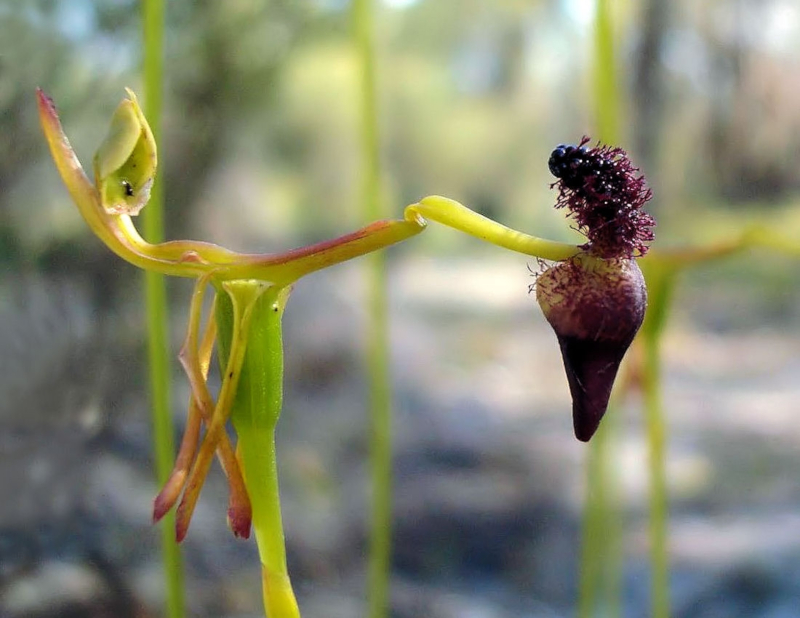

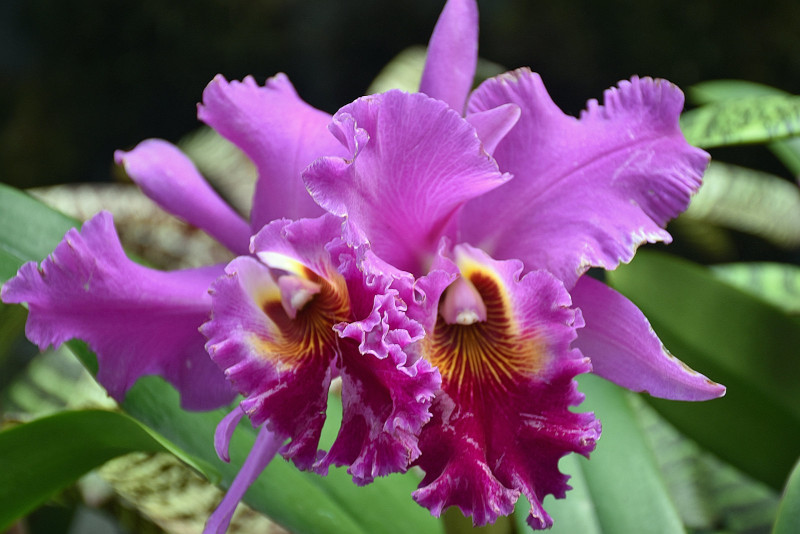
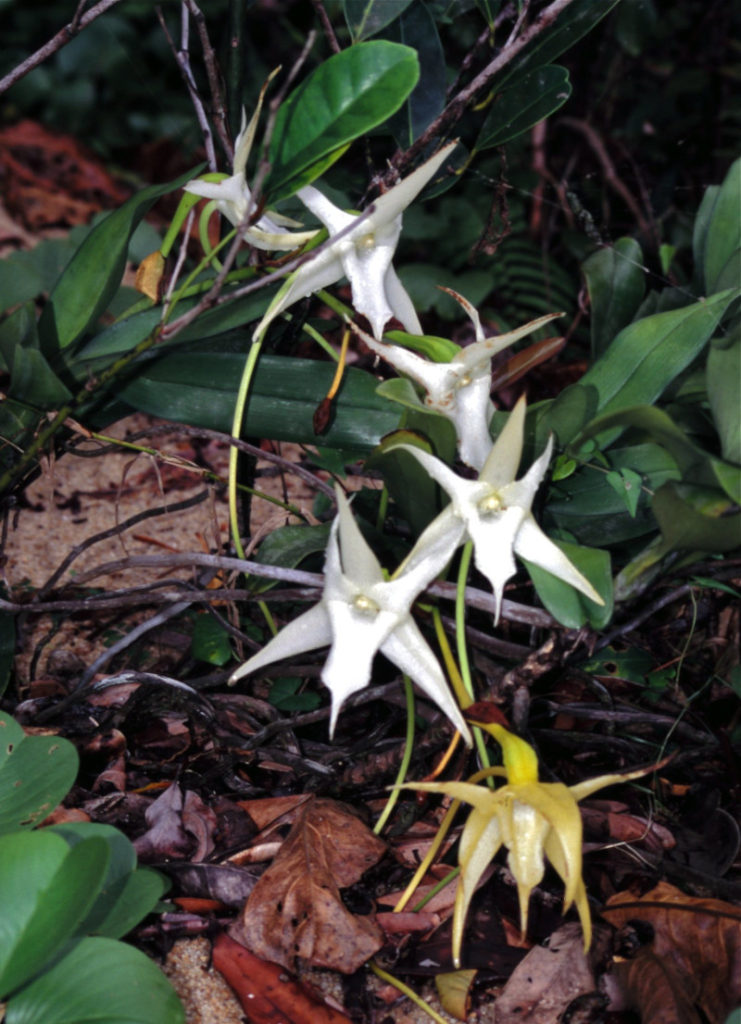
Darwin’s Orchid Physical Description
Firstly, the sincerely magnificent Darwin’s Orchid, for all its splendor, represent a medium-sized variety of orchid. But, this statement applies only in terms of the height of the plant. That holds true due to the fact that the marvelous form of flora attains an average height of about 3.3 ft ( 1 m). But, the awesome species doesn’t just depend on its height to impress the eye.
Further, the impressive foliage of the orchid typically develop as a dark green in color. Yet, a grayish undertone also presents itself. Additionally, this part of the plant develops a slightly leathery texture and a two-lobed end. Also, these leaves generally grow to a length measuring 7.9 – 15.7 in (20 – 40 cm). Meanwhile, their width averages about 2.4 – 3.1 in (6 – 8 cm).
Nevertheless, the bloom of the fabulous Darwin’s Orchid remains its most noticeable feature. That’s because this develops in a gorgeous six-pointed star shape. In addition, it also possesses a beautiful color pattern. That’s because each bloom, which appears on a roughly 11.8 in (30 cm) inflorescence, opens as green, then slowly turns white, with pale green tones.
- Kingdom: Plantae
- Phylum: Angiosperms
- Class: Monocots
- Order: Asparagales
- Family: Orchidaceae
- Genus: Angraecum
- Species: A. sesquipedale
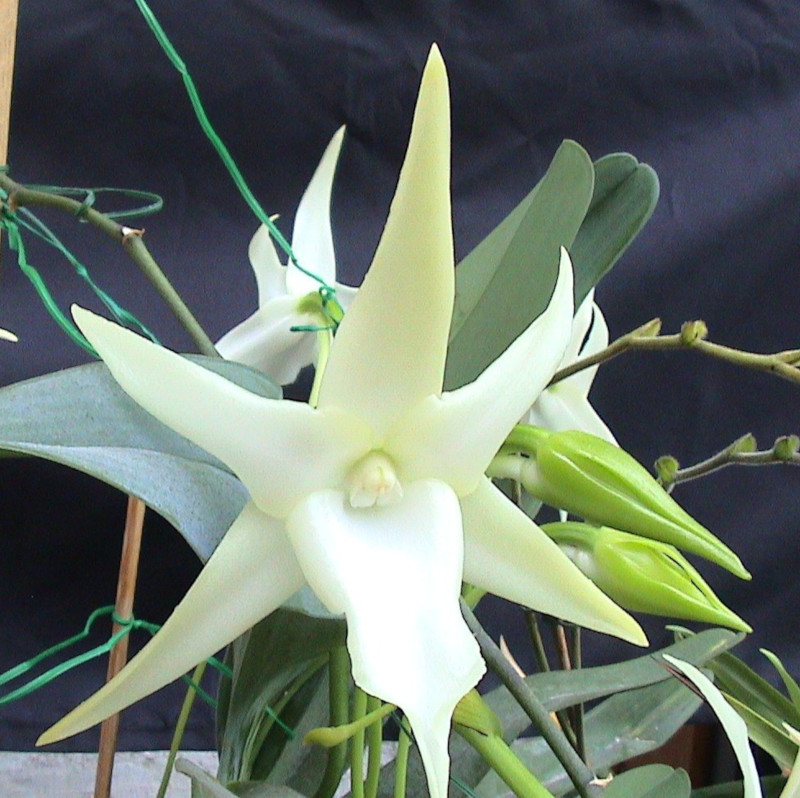
Darwin’s Orchid Distribution, Habitat, and Ecology
Adding to its already impressive resume of remarkable qualities, the Darwin’s Orchid evolved as native to a highly restricted range. That’s quite unfortunate for those who enjoy viewing the marvels of Nature in their natural habitat. Furthermore, this restricted range consists solely of the island nation of Madagascar. This lies situated very near the eastern part of the continent of Africa.
However, even in this highly limited territory, the amazing plant has very specific habitat requirements. Due to this, it grows almost exclusively in the lowlands regions of the country. In addition, almost all known specimens exist at altitudes between 400 – 500 ft (120 – 150 m) above sea level. But Nature’s not done yet. That’s because it also mainly grows at the edge of forest on the east side of the island.
The visually stunning Darwin’s Orchid further remains well-known for yet another reason. That’s because it serves as an excellent example of the principle of coevolution. In its case, this involves a particular species of moth, the Morgan’s sphinx moth. This interesting Lepidoptera evolved an enormous 12 in (30 cm) proboscis, with which to feed on the nectar of the flower. As a result of its feeding, it pollinates the flower, and remains the only native species able to do so.
Species Sharing Its Range

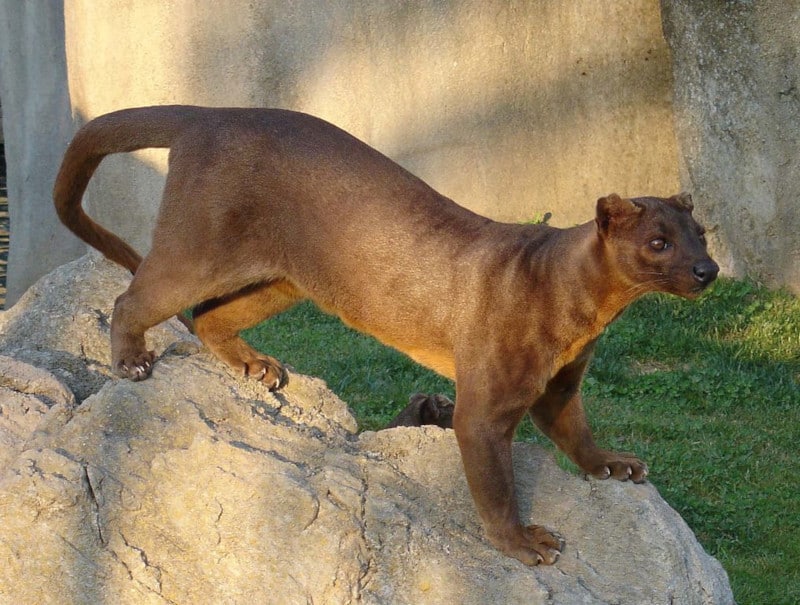
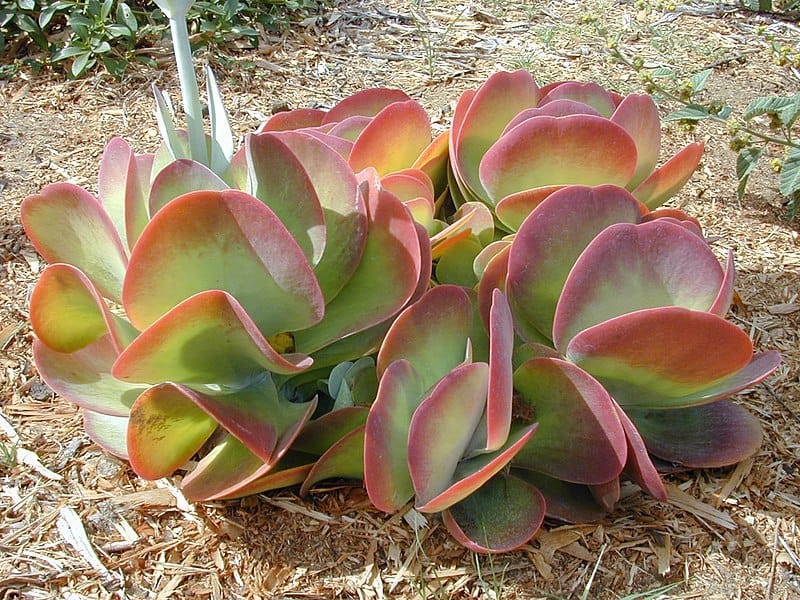
Check out our other articles on 7 Bizarre Ocean Invertebrates, Golden Pheasant, Christmas Island, Wheel Bug, Komodo Dragon, Wallace’s Flying Frog, Great Hammerhead Shark, Maned Wolf









Leave a Reply